Plastic Jar :
Orange honey
Nutritional Value per 100gr
Energy 1338kJ/320kcal
Fat 0g – of which saturated 0g
Carbohydrates 80g – of which sugars 70.8g
Edible Fiber 0g
Protein 0.25g
Salt 0.006g
mindyourplate
The well-known and beloved, particularly popular in Greece, citrus fruits are also an important source for the production of a uniquely tasty and aromatic honey. Its organoleptic characteristics and taste are particularly liked by children.
In particular, orange honey is full of aromas and flavors that take off the palate as well as the body. In the fertile Greek plains full of orange trees, the local producers transport their hives every spring leaving the bees to harvest and enjoy the rich nectar secreted by the musky white flowers of the orange tree, turning this special food into an excellent and especially sweet honey which is impossible not to adore even the most demanding consumer.
Orange honey is particularly rich in trace elements which are known to have a high antiseptic effect against inflammation, cough and gout. It contains a large content of antioxidants which act against free radicals while it has considerable amounts of proteins, amino acids and enzymes. Orange honey, as expected, is rich in vitamin C but also in vitamins of the B complex, with B12 being dominant, which is used in the medical field for the positive effects it can have on the nervous system and the brain.
In general, orange honey has multiple benefits, as it can help:
In relaxation and the treatment of fatigue.
In dealing with stress.
To cleanse the stomach after large meals, diluted with water.
To relax the nervous system, the stomach and to deal with related discomforts.
In the relief of ulcer symptoms.
In the rapid healing of wounds as well as in improving the appearance of acne scars.
In the fight against respiratory infections and in reducing the presence of bacteria. Due to its supposed natural antimicrobial property it can be associated with other ingredients such as ginger or propolis, in combination with antibiotic drugs.
TASTE: Extremely intense wonderful and sweet taste. Over time, the sweet taste can become more fruity until it resembles that of marmalade.
COLOR: Its color is very light, with amber tones that tends to become whiter when crystallized.
PRODUCTION REGIONS: Crete (Meskla), Peloponnese (Argos), Epirus.




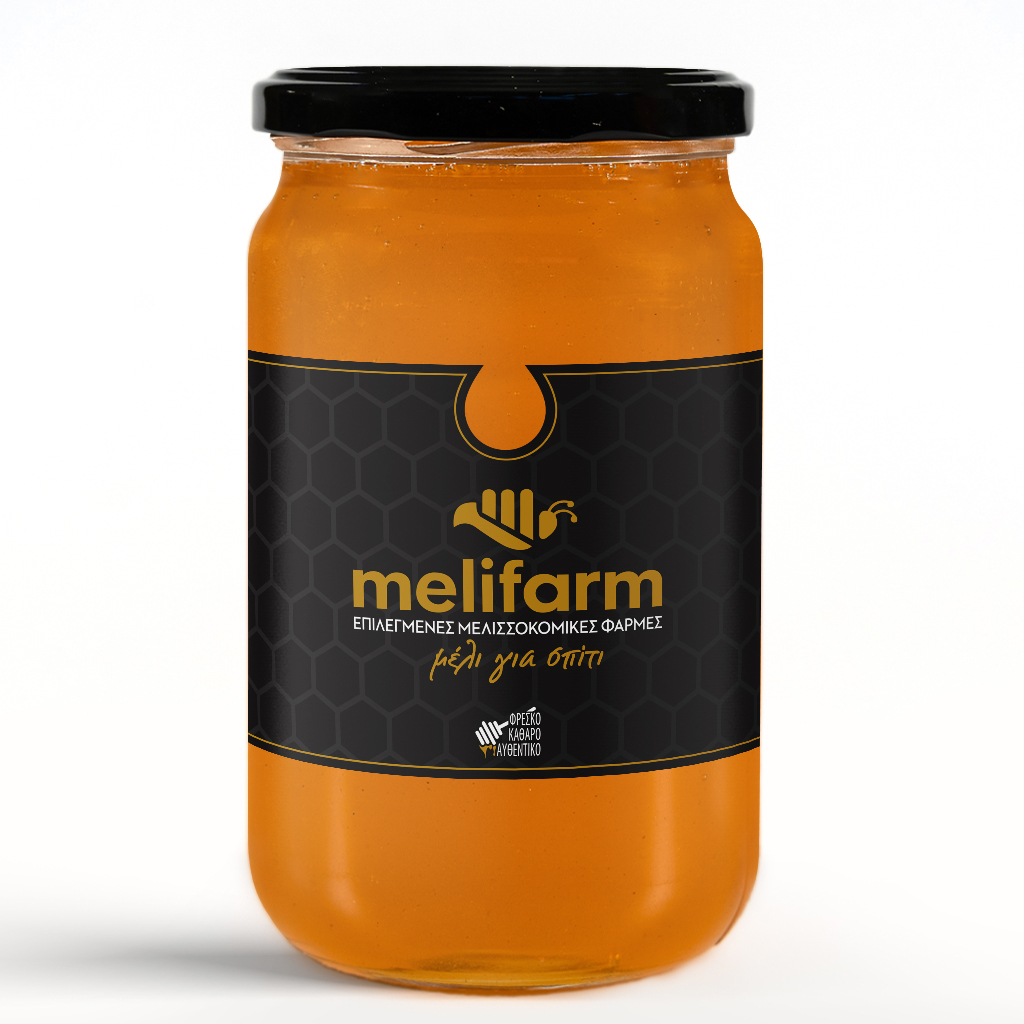
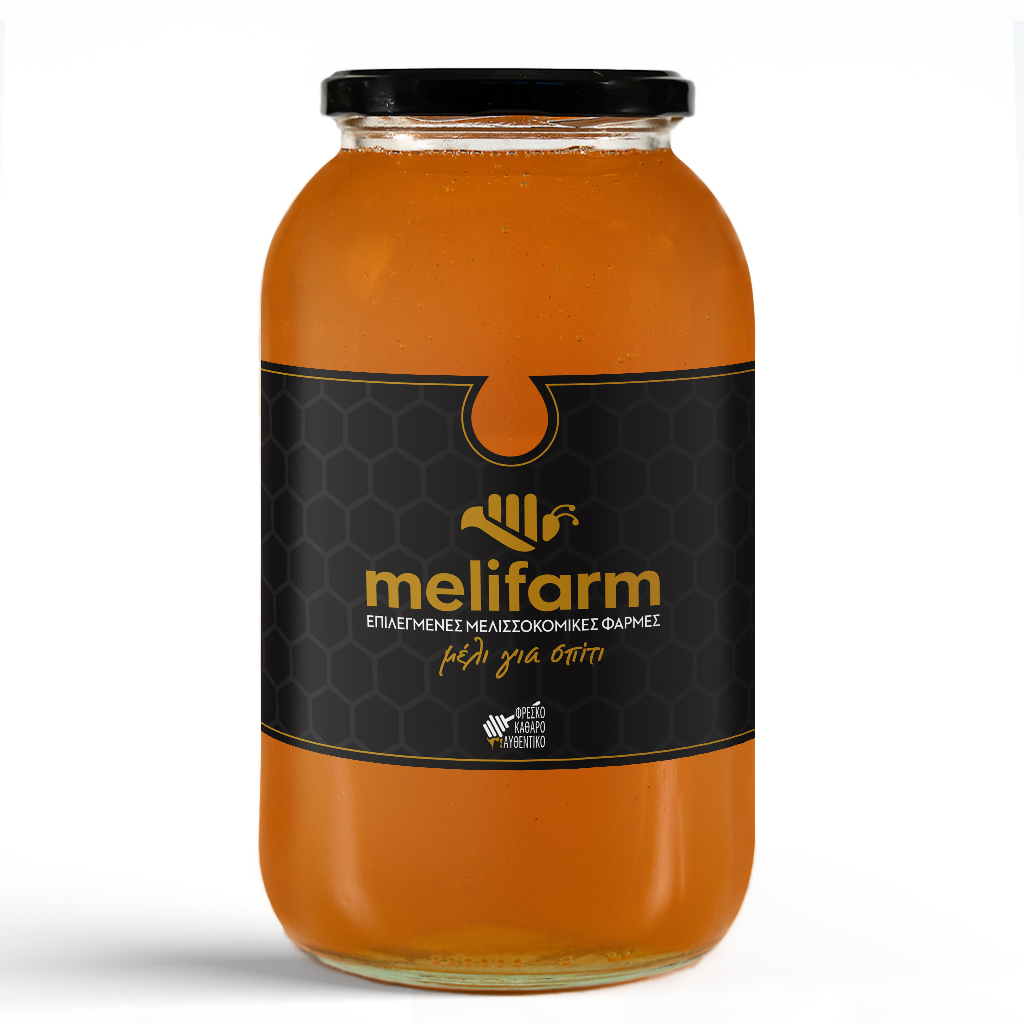







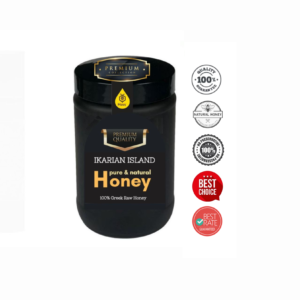




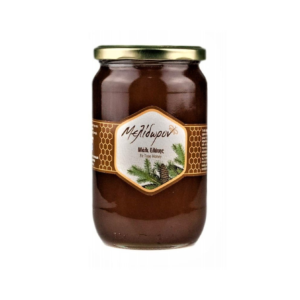



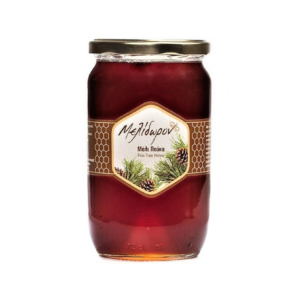

Reviews
There are no reviews yet.